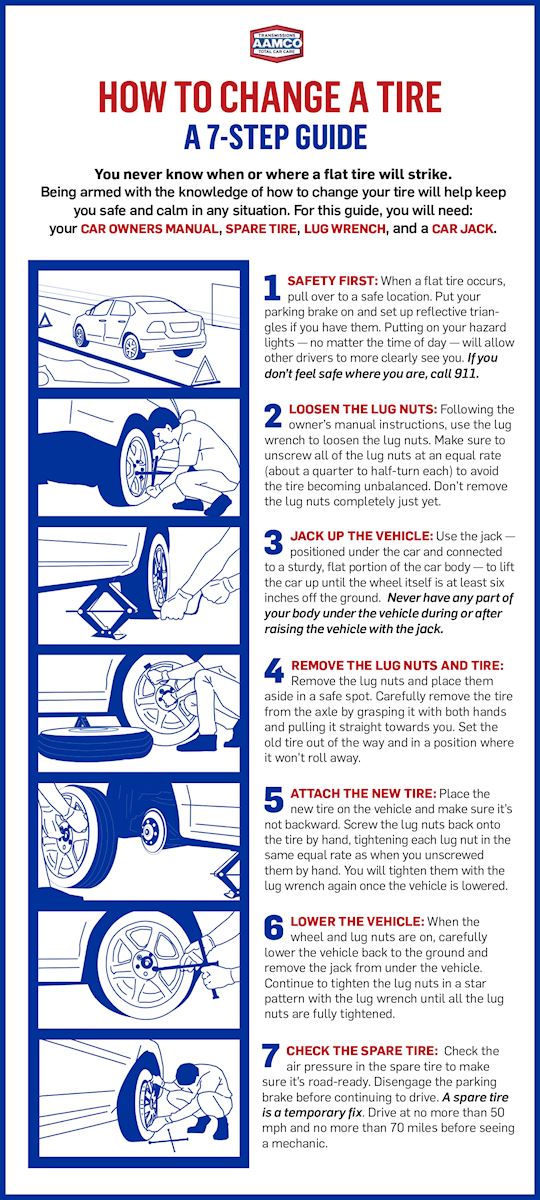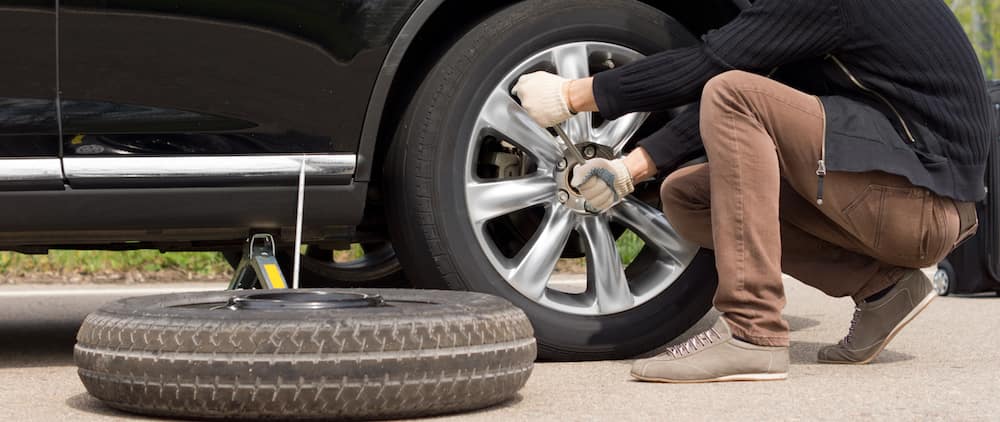How to Change a Flat Tire
Changing a flat tire isn’t just a useful skill; it can be a lifesaver. Picture this: You’re on a lonely road, miles from the nearest town, and suddenly, your car lurches and thumps to a stop. A flat tire can strike anytime, but being prepared can turn a potential disaster into a minor inconvenience.
Key Takeaways:
- Ensure your car is parked safely before starting.
- Gather essential tools: spare tire, lug wrench, and jack.
- Familiarize yourself with the process to minimize stress during an actual flat tire scenario.

Preparing to Change the Tire
Before you even start, make sure your car is in a safe location. Ideally, you want a flat, stable surface away from traffic. Turn on your hazard lights to alert other drivers. Apply the parking brake to ensure your car doesn’t move during the process.
Essential Tools
You need the right tools to change a tire efficiently. Here’s what you should have:
| Tool | Purpose |
|---|---|
| Spare Tire | The tire that will replace your flat one. Make sure it’s properly inflated. |
| Lug Wrench | To remove the lug nuts holding the tire in place. |
| Jack | To lift the car off the ground. |
Step-by-Step Process
Step 1: Loosen the Lug Nuts
Using the lug wrench, slightly loosen the lug nuts on the flat tire. You don’t want to remove them completely yet; just break the initial resistance. This is easier to do while the tire is still on the ground.
Step 2: Position the Jack
Place the jack under the car, following the manufacturer’s recommended lift points (usually detailed in your owner’s manual). Lift the car until the flat tire is about six inches off the ground.
Step 3: Remove the Flat Tire
Now, fully remove the lug nuts and carefully take off the flat tire. Place the lug nuts somewhere safe; you’ll need them again soon.
Step 4: Mount the Spare Tire
Align the spare tire with the lug nut posts and push it onto the hub. Hand-tighten the lug nuts as much as possible.
Step 5: Lower the Vehicle
Use the jack to slowly lower the car back to the ground. Once the car is stable, you can fully tighten the lug nuts using the lug wrench.
Step 6: Double-Check Everything
Ensure the lug nuts are tight. Tighten them in a star pattern (if there are five lug nuts) to ensure even pressure.

Additional Tips
Practice Makes Perfect
Practicing this process at home can save you a lot of stress during an actual flat tire situation. Try changing a tire in your driveway to get a feel for it.
Regular Maintenance
Keep your tires properly inflated and check for wear and tear regularly. Rotating your tires according to the manufacturer’s guidelines helps extend their lifespan and improves performance (source: Bridgestone Tire Maintenance).
Know Your Tires
Understanding different tire options, like run-flat tires, can also prepare you for tire-related issues. Run-flat tires allow you to continue driving for a short distance after a puncture, giving you time to reach a safer location or a repair shop (source: Bridgestone Run-Flat Tires).
Troubleshooting Common Issues
| Problem | Solution |
|---|---|
| Stuck Lug Nuts | Use penetrating oil to loosen them. Applying steady, firm pressure with the lug wrench can help. |
| Jack Slips or Fails | Ensure you’re using it on a flat, stable surface. Double-check the lift points and reposition if necessary. |
| Spare Tire Won’t Fit | Verify that the spare tire is the correct size for your vehicle. Refer to your owner’s manual. |
Internal Links for Further Reading
- Miller Auto Plaza: How to Change a Tire in 10 Steps
- Bridgestone: How to Change a Flat Tire
- wikiHow: Change a Tire
External Resources for Tire Safety and Maintenance
- National Highway Traffic Safety Administration: Tire Safety
- AAA: Flat Tire Safety Tips
- Consumer Reports: How to Maintain Your Tires
This guide should give you a solid foundation for tackling a flat tire situation. Stay safe on the road and remember, practice makes perfect!
